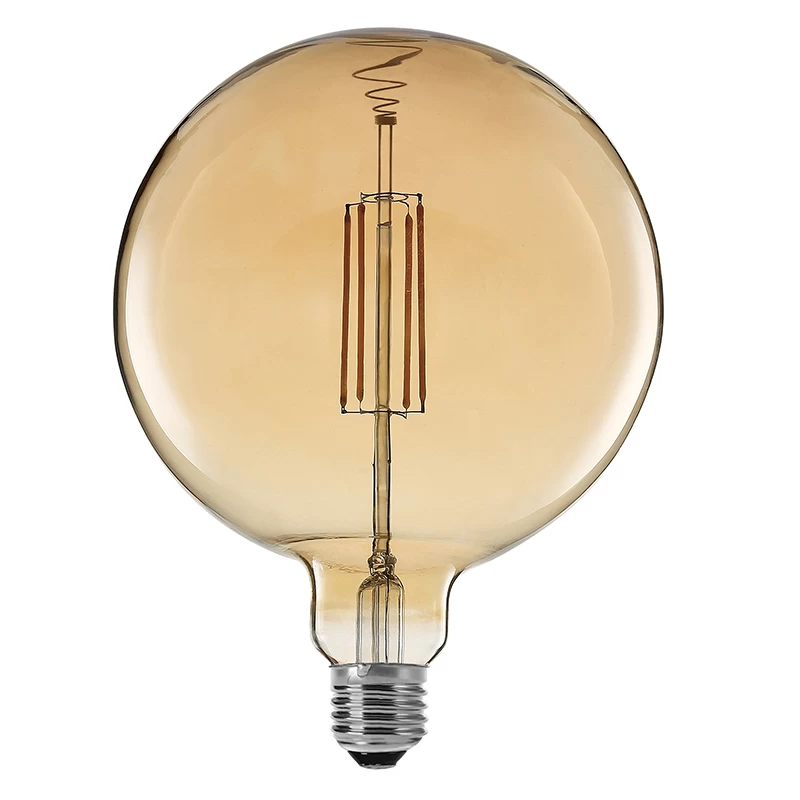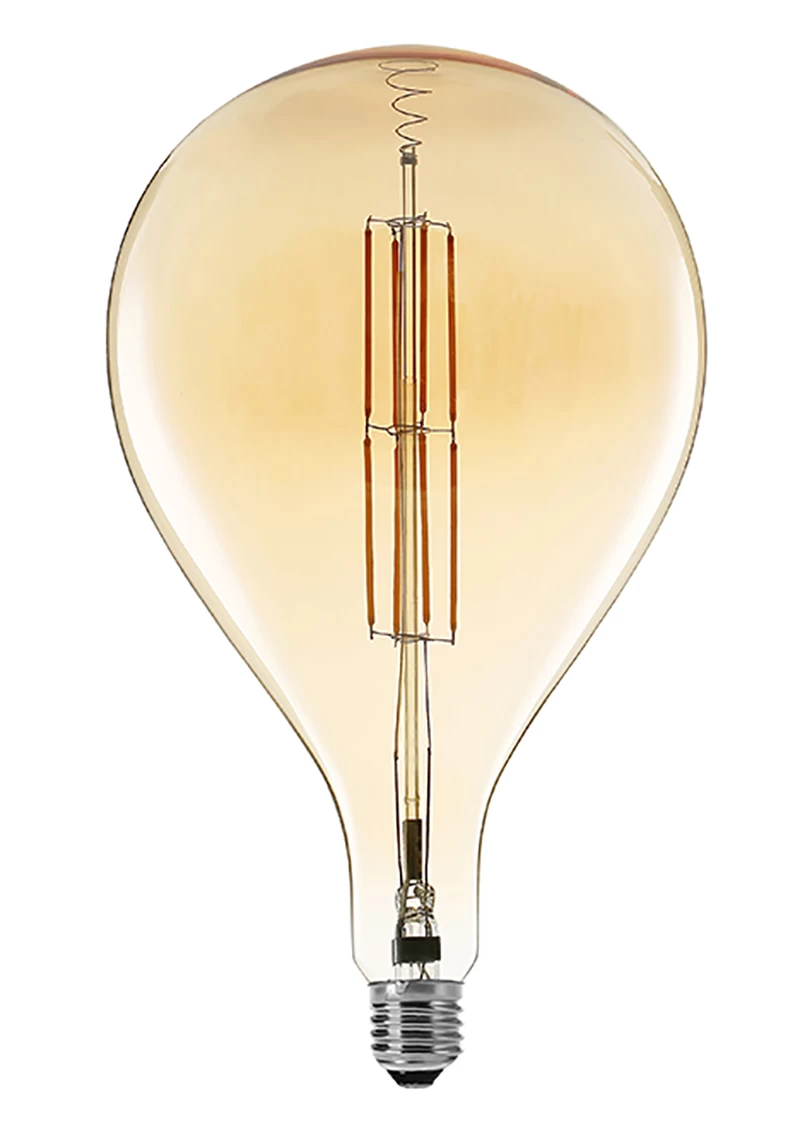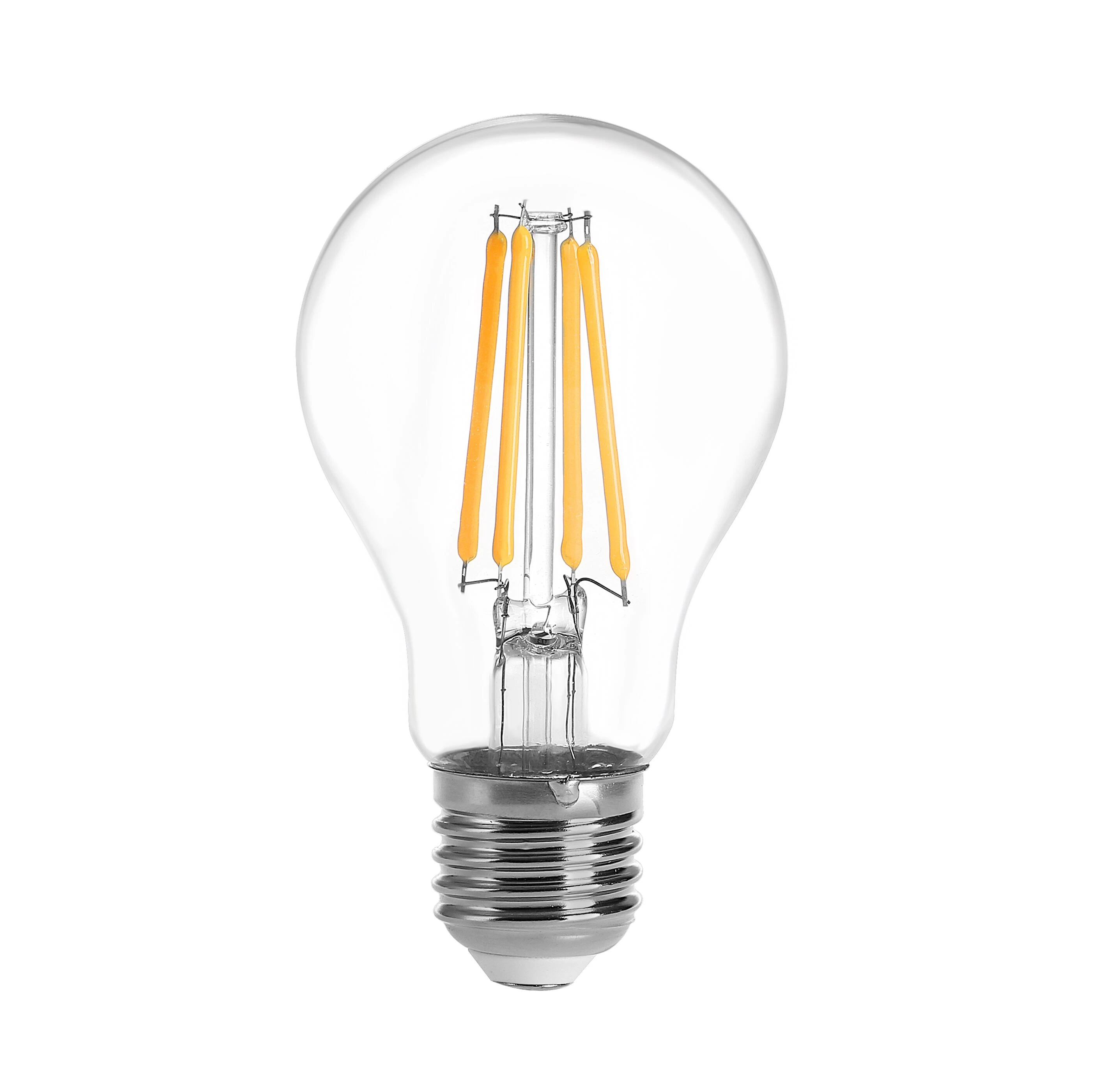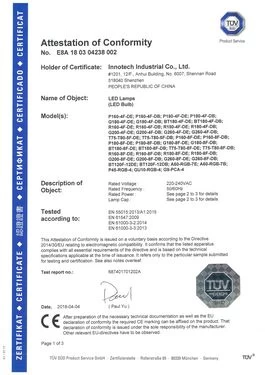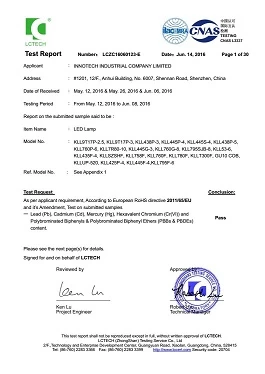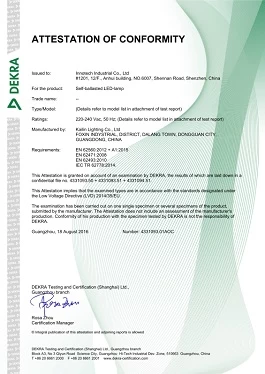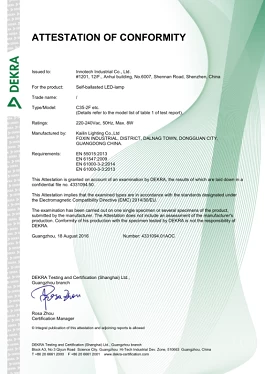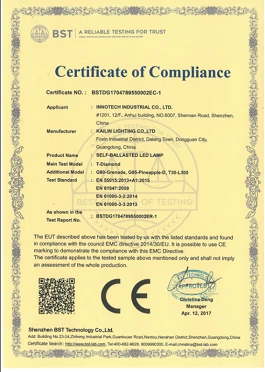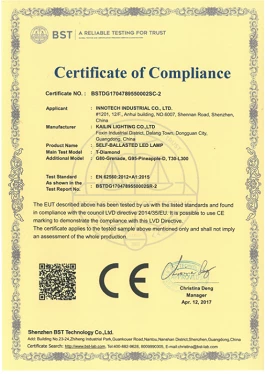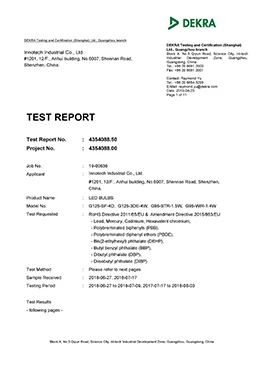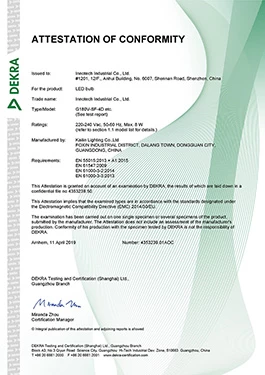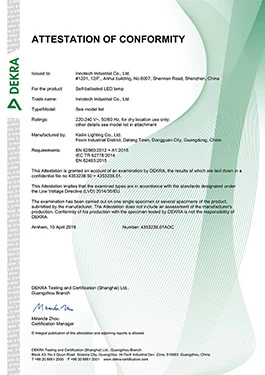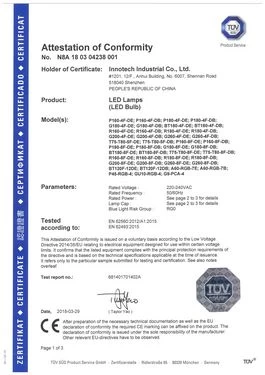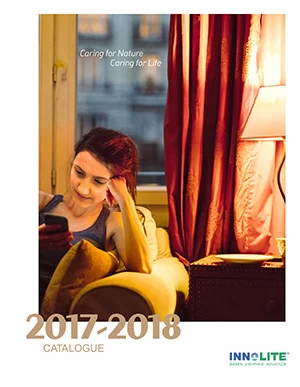Here are a few things to consider when choosing LED light bulbs...
Efficiency, Colour Temperature, Colour Rendering, Heat Output, lifetime, etc.
Some knowledge about LED lights
Innotech
2018-06-07 22:50:55
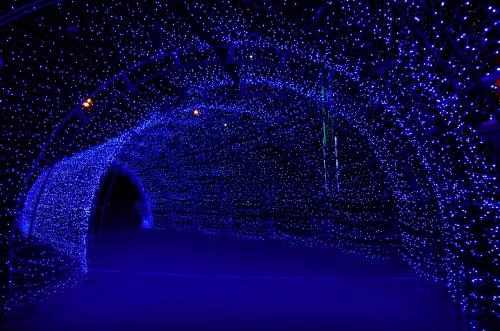
LED lamps are small and lightweight, and are encapsulated with epoxy resin. They can withstand high-strength mechanical shock and vibration, are not easily broken, and have a long period of brightness decay. Therefore, their service life can be as long as 50,000 to 100,000 hours, far exceeding the traditional 1,000 hours for tungsten bulbs and 10,000 hours for fluorescent tubes.
Since the service life of LED luminaires can be as long as 5 to 10 years, not only can the cost of replacing the luminaires be greatly reduced, but also the luminosity can be driven by a very small current. In the same lighting effect, the power consumption is only One-half of fluorescent tubes, so LED also has the advantages of power saving and energy saving.
However, due to the fact that some of the LED technologies are still insufficient, the disadvantages that were initially used in lighting fixtures include poor light quality (color rendering, uniformity, color temperature), poor heat dissipation, and high prices, while improper heat dissipation would cause problems. Causes the brightness of LED lamps and the life of circuit components to decay rapidly. The manufacturing technology has advanced by leaps and bounds, and the above-mentioned shortcomings, including the gradual decrease of the thermal resistance of the LED and the improvement of the light quality, are also increasing.
In addition to the luminescence efficiency of LED white luminescence reaching 100 Lm/W, the luminous efficiency of LED warm white light is expected to increase from 70 Lm/W to 100 Lm/W in 2010. Compared with other general-purpose light sources, tungsten bulbs are about 15 Lm/W, fluorescent fluorescent lamps are about 45 to 60 Lm/W, and HID lamps are about 120 to 150 Lm/W. The luminous efficiency of LEDs has clearly become advantageous; Comparison of LED and Other Common Luminaires Lighting Characteristics: Characteristics of Illumination White LED has less heat source, wide operating environment, miniaturization, shock resistance, concentrated sunlight (fluorescent) Lamp fluorescent lamp saves electricity, but waste is friable with mercury pollution Etc. Incandescent incandescent tungsten bulbs Low efficiency, high power consumption, short life, fragile 1. Building facade lighting projects on a certain area of the building, is nothing more than the use of a round head and square head-shaped lighting fixture that controls the beam angle This is exactly the same as the traditional concept of flood light fixtures.
However, due to the small and thin LED light source, the development of linear projection lamps will undoubtedly become a bright spot for LED projection lamps, because many buildings do not have a place to place traditional floodlights. It is easy to install, can be installed horizontally and vertically, and is better integrated with the surface of the building, creating a new lighting vocabulary for lighting designers and expanding the creative space. It will also have an impact on the lighting of modern buildings and historic buildings.
Landscape lighting Because LED is not a glass bulb like a traditional lamp, it can be organically combined with urban street furniture. Lights can be illuminated in urban leisure spaces such as paths, stairs, decks, waterfronts, and gardening. For flowers or low shrubs, LEDs can be used as light sources for illumination. LED recessed floodlights are especially popular. The fixed end can be designed as a plug-in type, depending on the height of the plant.
Locations where signs and indicative lighting need to be spatially limited and guided, such as separate display of road surfaces, local lighting of stairways, and indication lighting of emergency exits, can use LED self-illuminating buried lights with appropriate surface brightness or embedded in vertical walls Surface lamps, such as ground guide lights in the auditorium auditorium or lights on the side of the seat, and guide lights in the shopping center floor.

 +
+




